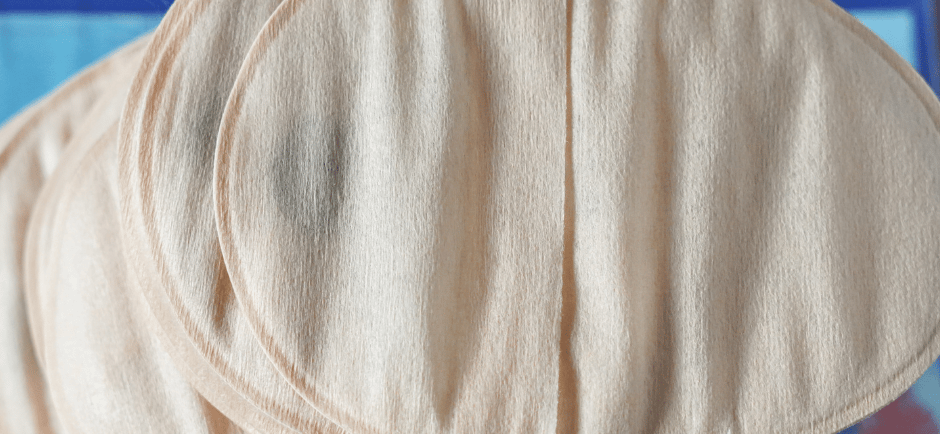How to Choose the Best Ostomy Appliances and Accessories: A Professional Guide
Discover how you can select the perfect ostomy appliances and accessories—covering one-piece vs two-piece systems, drainable vs closed pouches, convex vs flat barriers, and must-have seals and extenders—to stay comfortable, secure and leak-free every day. post description.
STOMA
7/17/20253 min read


One-Piece vs Two-Piece Appliances
When you first start using an ostomy appliance, one of the biggest decisions is whether to go with a one-piece or two-piece system.
Key takeaway
Choose a one-piece appliance for low profile and simplicity, or a two-piece system for adjustability and a floating flange that moves with you.
If you empty your pouch five to seven times daily, a drainable pouch will save you time, space and hassle.
One-Piece Systems
Low profile: Fewer components mean a slimmer design under clothing.
Fixed orientation: The pouch and flange are attached—once applied, you’re committed to that bag position until change time.
Best for: Tight-fitting outfits or if you prefer a simpler routine.
Two-Piece Systems
Adjustable orientation: Apply your base plate first, then attach and rotate the pouch as needed over several days.
Floating flange: Many models feature a flexible zone between adhesive and pouch for greater movement—ideal if you’re active.
Slightly higher profile: More layers can make the pouch more noticeable under clothes.
Best for: Those who value flexibility in bag position and enhanced comfort during activity.
Drainable vs Non-Drainable Pouches
Next, consider how you’ll empty your pouch: drainable or closed (non-drainable).
Drainable Pouches
Empty through a tail valve: Just open, drain, rinse (if desired), and reseal.
Reusable for 3–4 days: Matches most flange wear times.
Ideal if: You have frequent output and want to carry fewer spare pouches.
Non-Drainable (Closed) Pouches
No emptying valve: Discard and replace when full.
Can be one-piece or two-piece: Closed pouches attach directly to your flange or come as a single unit.
Ideal if: You produce minimal output, seek extra sanitation, or prefer swapping bags less often.
Convex vs Flat Base Plates
Convexity refers to the dome-shaped adhesive on the base plate that presses gently into your skin.
Convex Barriers
Push skin inward to help your stoma protrude, reducing leaks under the flange.
Available in deep or shallow, firm or soft variants to suit your body shape and activity level.
Recommended if: Your stoma retracts or you experience frequent edge leaks.
Flat Barriers
Completely even adhesive—no bulge.
Lower profile under clothes, easier to apply if your stoma already protrudes well.
Recommended if: You have a well-protruding stoma or prioritise the slimmest profile.
Personal tip: Try a barrier ring (see next section) to add soft convexity before switching to a fully convex plate.
Common Accessories to Improve Seal and Comfort
Beyond your basic appliance, three accessories can dramatically reduce leaks and skin irritation.
1. Barrier Rings (Seals)
Soft, malleable rings that sit between skin and flange.
Build custom convexity around your stoma without changing your base plate.
Use to: Fill minor gaps, test convexity levels, and prevent leaks at the edge.
2. Stoma Pastes
Thick, toothpaste-like paste that fills deeper skin crevices (e.g. scar valleys).
Applied directly to uneven areas before your flange goes on.
Use to: Seal scar tissue, protect delicate skin, and smooth uneven surfaces.
3. Barrier Extenders (Strips)
Adhesive strips that extend your flange’s perimeter.
Provide a “safety net” around edges—perfect for swimming, heavy sweating or extended wear.
Use to: Reinforce weak points, add extra days to wear time, and secure edges against moisture.
Bold step: Carry a small kit of rings, paste and extenders so you can customise your seal on the go.
Putting It All Together
Identify your priorities: profile vs flexibility, frequency of emptying, stoma shape.
Gather samples of one-piece and two-piece systems, drainable and closed pouches, convex and flat plates.
Test combinations with barrier rings, paste or extenders to fine-tune your fit.
Monitor your skin and seal—adjust as you learn what works best for your body and lifestyle.
Your next steps:
Order a sampling pack of different base plates and pouches.
Experiment with one accessory at a time to isolate its effect.
Track wear times and leak incidents in a simple journal or app.
Conclusion & Call to Action
Choosing the right ostomy system is a personal journey. With the right appliance style and accessories—plus a little experimentation—you’ll find a combination that keeps you confident, secure and ready for anything.